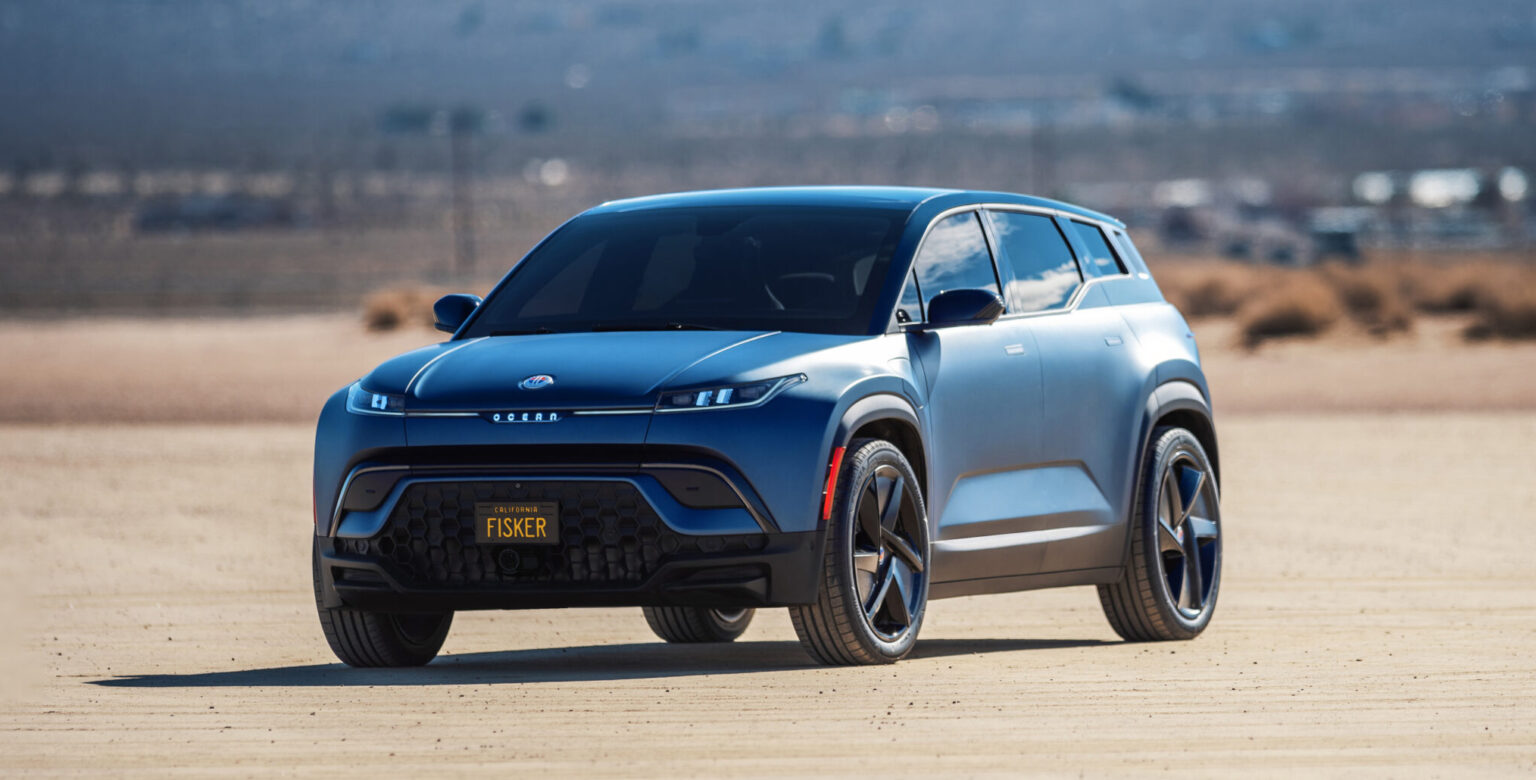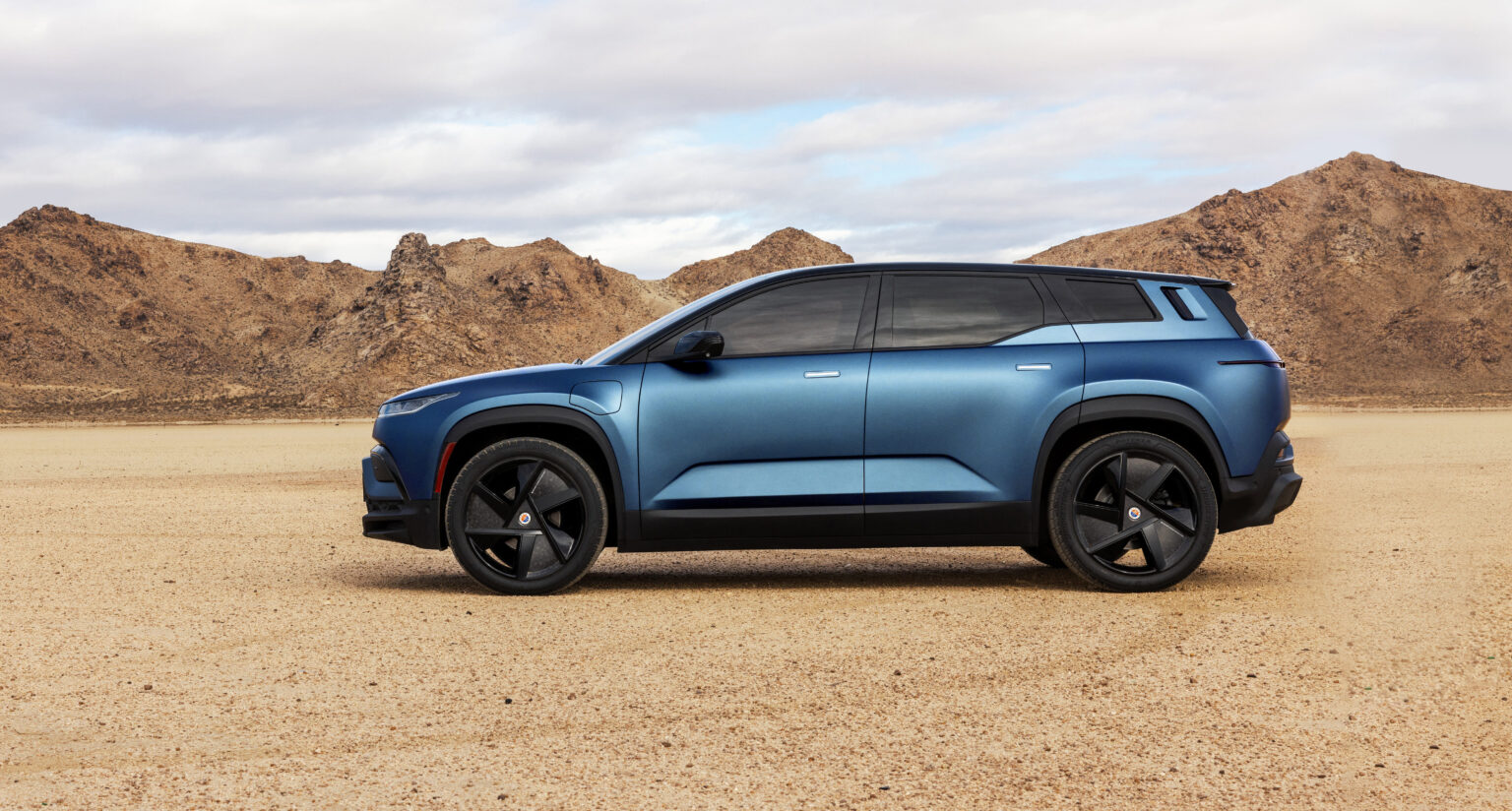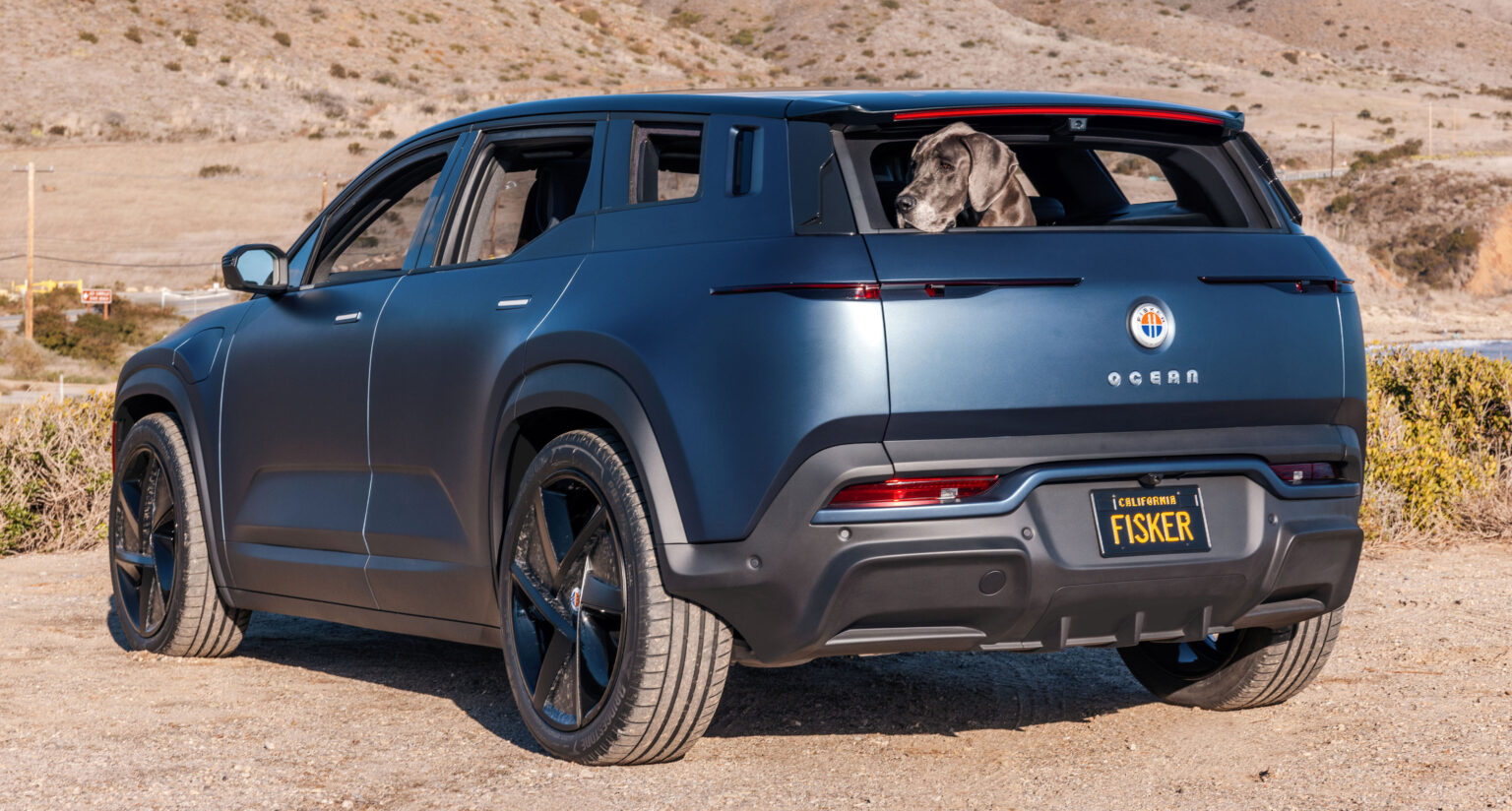Fisker Misses Q2 Production Target Due to Parts Shortage
The California-based electric vehicle startup, Fisker, revealed that it failed to meet its production goal for the second quarter. The company's shares dropped by 2% in premarket trading following the announcement.
During the quarter ending in June, Fisker manufactured 1,022 units of its Ocean SUV, falling short of the projected range of 1,400-1,700 vehicles. Fisker attributed the shortfall to challenges faced by some suppliers in reaching the targeted production levels due to delays in receiving components from sub-suppliers.
However, Fisker expects to produce over 1,400 vehicles by early July and plans to report its second-quarter earnings on August 4. In the previous quarter, the company produced only 55 vehicles but recently initiated deliveries in the United States.
This development occurs against the backdrop of several electric vehicle companies experiencing financial strain caused by high production costs and inflation. Lordstown Motors filed for bankruptcy protection last month, while Electric Last Mile Solutions pursued the same course last year.

In contrast, both Tesla and Rivian Automotive have exceeded market predictions for their second-quarter deliveries, demonstrating their ongoing triumph in the electric vehicle industry. Tesla has set a new milestone by delivering a remarkable 466,140 vehicles globally during the second quarter of 2023.







